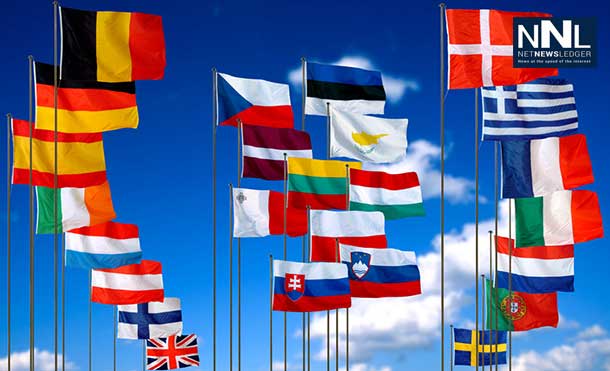 THUNDER BAY – Business – The protection of trademarks is a key component of making sure that a business is able to protect its brand. Many companies have trademarked their products. The efforts to protect that branding is key. Companies must protect their brand. Coca-Cola™, Kleenex™, McDonalds™, WWE™ all spend enormous effort to make sure their brands are protected.
THUNDER BAY – Business – The protection of trademarks is a key component of making sure that a business is able to protect its brand. Many companies have trademarked their products. The efforts to protect that branding is key. Companies must protect their brand. Coca-Cola™, Kleenex™, McDonalds™, WWE™ all spend enormous effort to make sure their brands are protected.
In Canada, hockey is our national sport. One of the most important components of a hockey game is the ice resurfacers. The Zamboni™ that many people have assumed is the machine that resurfaces the ice between periods, has to be protected. It is often used as a generic term for all ice resurfacers.
It is not. Zamboni™ must protect their brand. The same is true for all companies. Often a trademarked product can generate so much popularity that it can become the term people use for all products. The 3M Post it Note™ and Scotch Tape™ or a Kleenex™ tissue are examples of branded products that have become widely associated with all similar products.
In Canada there is a process to register a trademark.
In the European Union, moves are underway to offer faster and easier protection to trademarks.
The protection of trademarks is a key component
The European Commission has today presented a package of initiatives to make trade mark registration systems all over the European Union cheaper, quicker, more reliable and predictable. The proposed reform would improve conditions for businesses to innovate and to benefit from more effective trade mark protection against counterfeits, including fake goods in transit through the EU’s territory.
As regards fees, the Commission is proposing a principle of “one-class-per-fee” that will apply both for Community trade mark applications and for national trade mark applications. This will enable any business – particularly SMEs – to apply for trade mark protection according to their actual business needs, at a cost that covers those individual needs only. Under the current system, the fee for registering a trade mark allows for the registration of up to three product classes. Under the revised system, a trade mark can be registered for only one product class. So at EU level, businesses will pay substantially less when they seek to obtain protection for one class of product only.
Internal Market and Services Commissioner Michel Barnier said: “Trade marks were the EU’s first success in intellectual property rights. The harmonisation of Member States’ laws in 1989 and the creation of the Community trade mark in 1994 paved the way for other tools for intellectual property protection, such as design protection and the unitary patent. Today, 20 years later, I am very proud to announce that our trade mark system has stood the test of time. There is no need for a major overhaul: the foundations of our system remain perfectly valid. What we are aiming for is a well-targeted modernisation to make trade mark protection easier, cheaper, and more effective.”
In order to foster innovation and growth by making trade mark systems in Europe more accessible and efficient for businesses, the proposed revision would:
-
Streamline and harmonise registration procedures, including at Member State level, taking the Community trade mark system as a benchmark;
-
Modernise the existing provisions and increase legal certainty by amending outdated provisions, removing ambiguities, clarifying trade mark rights in terms of their scope and limitations and incorporating extensive case law of the Court of Justice;
-
Improve the means to fight against counterfeit goods in transit through the EU’s territory; and
-
Facilitate cooperation between the Member States’ offices and the EU trade mark agency – the Office for Harmonisation in the Internal Market (OHIM) – in order to promote convergence of their practices and the development of common tools.
The proposed package contains three initiatives:
-
Recast of the 1989 Directive (now codified as 2008/95/EC) approximating the laws of the Member States relating to trade marks;
-
Revision of the 1994 Regulation (now codified as 207/2009/EC) on the Community trade mark; and
-
Revision of the 1995 Commission Regulation (2869/95) on the fees payable to OHIM.
The recast of the Directive and revision of the Community Trade mark Regulation are legislative proposals to be adopted by the European Parliament and the Council under the codecision procedure. The proposed revision of the Fees Regulation will follow a different procedure. It will be adopted by the Commission as an implementing act and therefore requires prior endorsement by the competent Committee on OHIM fees. The first meeting of the Committee will take place before the summer with the aim of adopting the amended Fees Regulation before the end of the year.







